
Kedarnath Trekking Routes and Maps: Your Ultimate Guide
Introduction
Kedarnath Tour Package and maps are essential for anyone planning a journey to one of the holiest shrines in India. Nestled in the majestic Himalayas, Kedarnath offers various trekking routes that cater to adventurers of all levels. The most popular route begins at Gaurikund, spanning approximately 16 kilometers, which takes around 6-8 hours to complete. This well-marked trail winds through lush landscapes, offering stunning views and several rest stops along the way.
For those seeking a less crowded experience, the Sonprayag route, covering 22 kilometers, provides a more serene trek. Additionally, the longer trek from Phata spans 30 kilometers and offers breathtaking vistas for more experienced trekkers.
Having a reliable map is crucial. Kedarnath trekking routes and maps typically include key details like elevation profiles, trail markers, and rest points. Travelers can obtain these maps from local tourism offices, online resources, or by hiring knowledgeable guides. Whether you’re trekking for spirituality or adventure, understanding these routes ensures a memorable and safe journey to Kedarnath, where you can connect with nature and experience the beauty of the Himalayas.
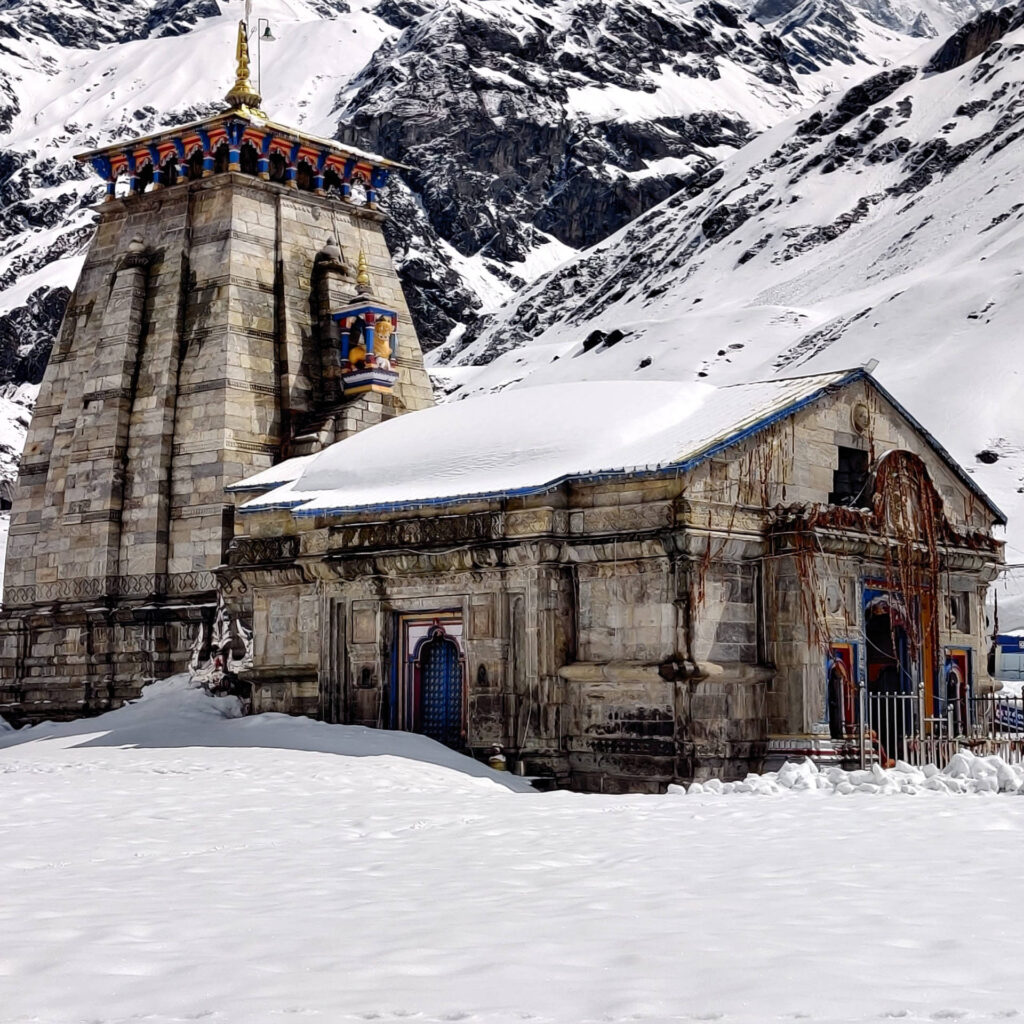
Why Trek to Kedarnath?
Trekking to Kedarnath is a transformative experience that combines spirituality, adventure, and stunning natural beauty. Nestled in the heart of the Himalayas, Kedarnath is home to one of the most revered shrines dedicated to Lord Shiva, making it a significant pilgrimage site for millions. The trek offers a unique opportunity to connect with the divine while surrounded by breathtaking landscapes.
The journey to Kedarnath is not just about reaching the temple; it’s about immersing yourself in the serene environment. The trails take you through lush green meadows, dense forests, and picturesque valleys, allowing trekkers to witness the region’s diverse flora and fauna. Each step brings you closer to majestic snow-capped peaks that create a stunning backdrop.
Moreover, the trek provides a chance to disconnect from the chaos of urban life. As you ascend, you’ll find moments of tranquility that encourage reflection and meditation. The camaraderie among fellow trekkers adds to the experience, fostering a sense of community.
In summary, trekking to Kedarnath is a blend of spiritual fulfillment, natural beauty, and personal challenge, making it a must-visit destination for adventurers and pilgrims alike.

Key Highlights of the Kedarnath Trek
- Sacred Kedarnath Temple: The trek culminates at the ancient Kedarnath temple, one of the Char Dham sites and a significant pilgrimage destination for devotees of Lord Shiva. The temple’s stunning architecture against the backdrop of the Himalayas is awe-inspiring.
- Scenic Landscapes: Trekkers are treated to breathtaking views of snow-capped peaks, lush green meadows, and picturesque valleys. The natural beauty along the route is unparalleled, making it a photographer’s paradise.
- Diverse Flora and Fauna: The trek traverses rich biodiversity, allowing trekkers to encounter various plant species, rare flowers, and wildlife, including Himalayan animals and birds.
- Cultural Encounters: Along the way, trekkers can interact with local villagers, gaining insight into their traditions, culture, and daily lives. The warm hospitality of the locals adds a personal touch to the journey.
- Refreshing Waterfalls: Numerous waterfalls dot the trekking route, providing refreshing spots to take breaks and enjoy the natural beauty.
- Challenging Terrain: The trek offers a mix of challenges, from steep ascents to rocky paths, catering to both seasoned trekkers and beginners looking for adventure.
- Spiritual Experience: The serene environment fosters introspection and spiritual growth, making the trek not just a physical journey but a deeply personal one.
- Sunrise and Sunset Views: The views at dawn and dusk are magical, with the sun illuminating the peaks in golden hues, creating a picturesque setting that leaves a lasting impression.
These highlights make the Kedarnath trek an unforgettable adventure, blending spirituality, natural beauty, and personal growth.
Popular Trekking Routes to Kedarnath
1. Gaurikund to Kedarnath (16 km)
This is the most popular and straightforward route for pilgrims and trekkers alike.
Route Overview
- Starting Point: Gaurikund (accessible by road)
- Distance: 16 km
- Time Taken: 6-8 hours
- Difficulty Level: Moderate
Description
The trek begins at Gaurikund, which is well-connected by road. The Kedarnath trekking routes and maps indicate that the path winds through picturesque landscapes dotted with waterfalls, rocky terrains, and lush greenery. The route is well-defined and marked with signboards. Along the way, you can find small tea shops offering refreshments.
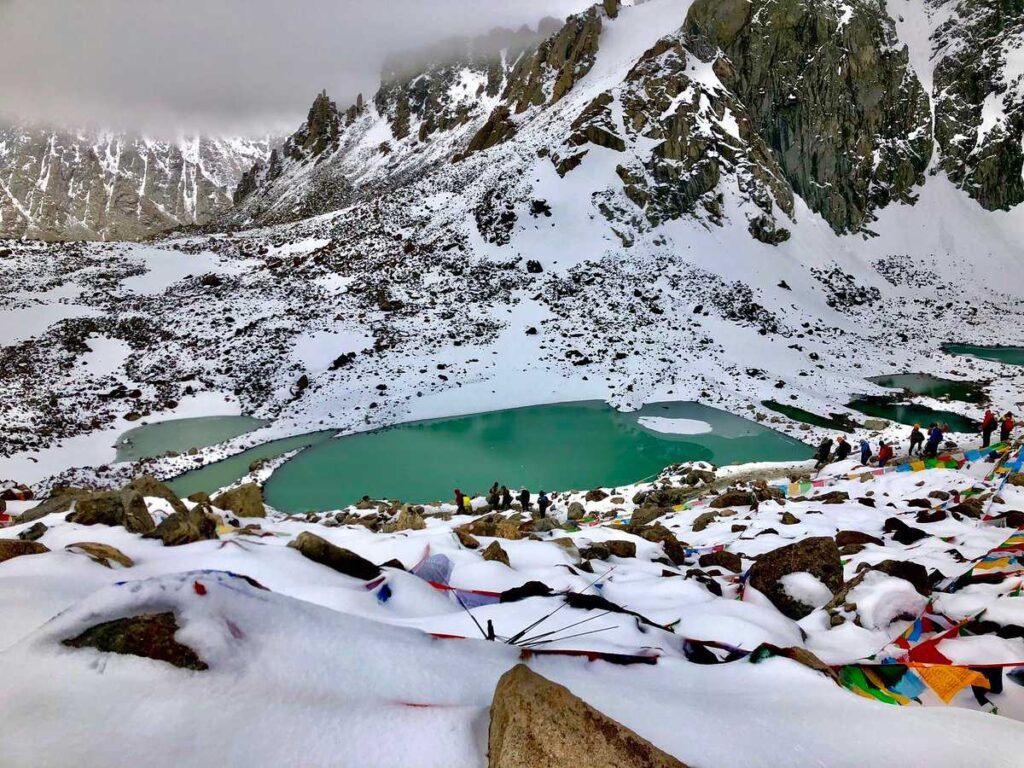
2. Kedarnath from Sonprayag (22 km)
An alternative route for those who wish to explore less crowded paths.
Route Overview
- Starting Point: Sonprayag (accessible by taxi from Gaurikund)
- Distance: 22 km
- Time Taken: 8-10 hours
- Difficulty Level: Moderate to Challenging
Description
This route is less frequented and offers a more serene trekking experience. Starting from Sonprayag, the Kedarnath trekking routes and maps highlight a steady climb, providing beautiful views of the Mandakini River. This route is ideal for those looking to escape the crowds and enjoy a more peaceful trek.
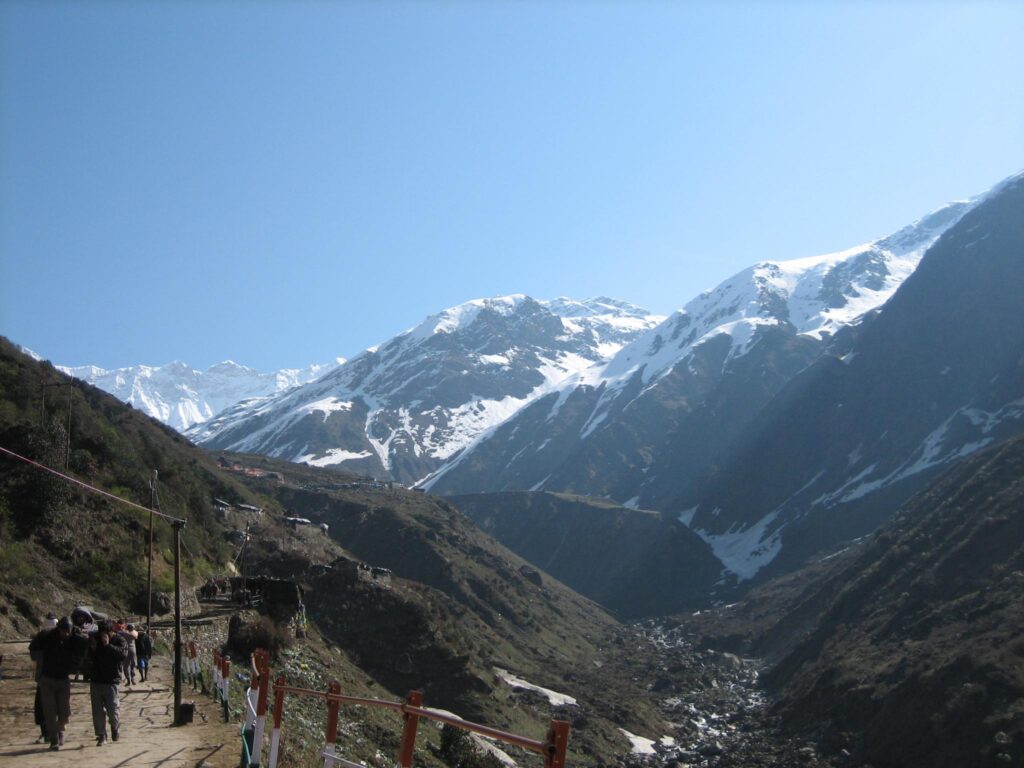
3. Kedarnath from Phata (30 km)
A longer trek that offers stunning vistas and a less trodden path.
Route Overview
- Starting Point: Phata (accessible by road)
- Distance: 30 km
- Time Taken: 10-12 hours
- Difficulty Level: Challenging
Description
Starting from Phata, this route, as per the Kedarnath trekking routes and maps, provides breathtaking views of the Himalayan landscape. The trail is steep in some sections, making it more challenging. However, the panoramic views and the sense of accomplishment at reaching Kedarnath make it worthwhile.
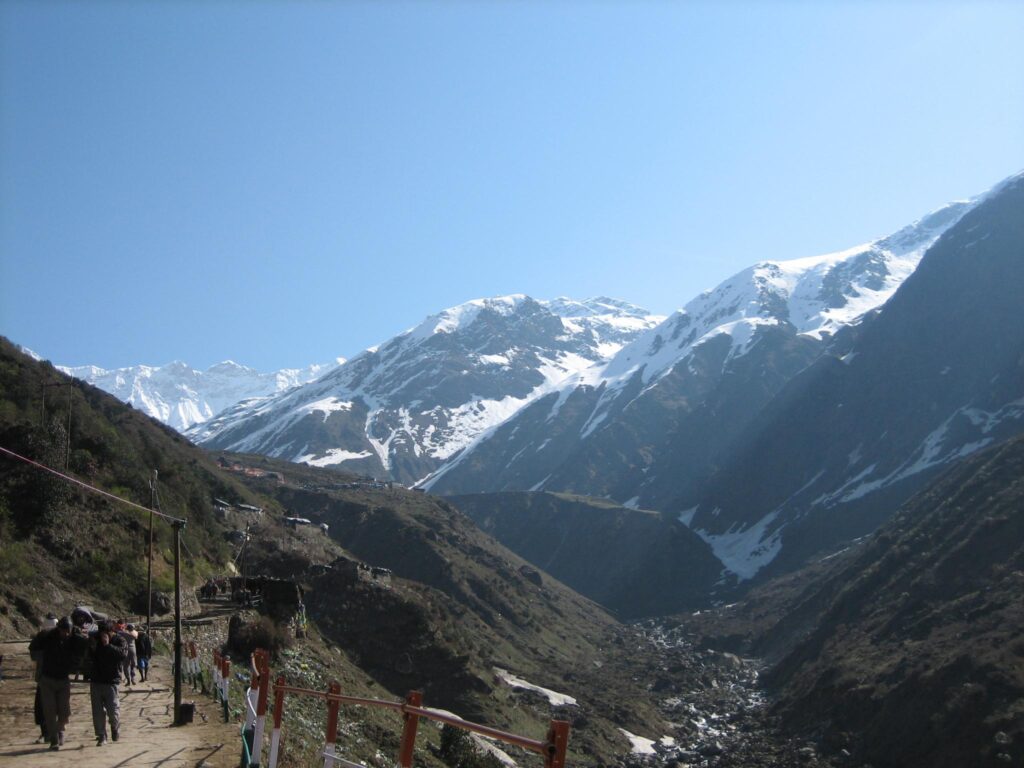
Detailed Map Overview
When planning your trek, it’s essential to have reliable Kedarnath trekking routes and maps. These maps typically include:
- Trail markers: Indicating paths and junctions.
- Elevation profiles: Helping you understand the terrain.
- Rest stops: Marked for convenience during your trek.
- Emergency points: Noted for safety.
Where to Find Kedarnath Trekking Maps
- Local Tourism Offices
Visit local tourism offices in towns like Gaurikund and Sonprayag. They often provide free or low-cost trekking maps, along with valuable information on trails, safety tips, and accommodation. - Online Travel Resources
Websites like AllTrails and Trekopedia offer downloadable trekking maps for Kedarnath. These resources usually include GPS coordinates, elevation profiles, and user reviews to guide your trek. - Mobile Apps
Apps like Maps.me and Gaia GPS allow you to download offline maps for trekking. Search for Kedarnath routes within the app to find detailed maps that can be accessed without an internet connection. - Guidebooks
Books focused on trekking in the Indian Himalayas often contain detailed maps of the Kedarnath region. Look for guidebooks by reputable publishers or authors who specialize in Himalayan treks. - Tour Operators
Many trekking agencies and tour operators provide detailed maps as part of their trekking packages. Booking with a guide ensures you have access to the best routes and safety information. - Social Media and Forums
Platforms like Instagram and Trekking Forums may have user-generated content, including maps shared by previous trekkers. Look for hashtags related to Kedarnath trekking for visuals and tips. - Local Guides
Hiring a local guide is an excellent way to ensure you have accurate maps and navigation assistance. They can provide insights into the terrain, as well as information about local flora and fauna.
By utilizing these resources, you can easily find reliable Kedarnath trekking maps to enhance your trekking experience and ensure a safe journey.
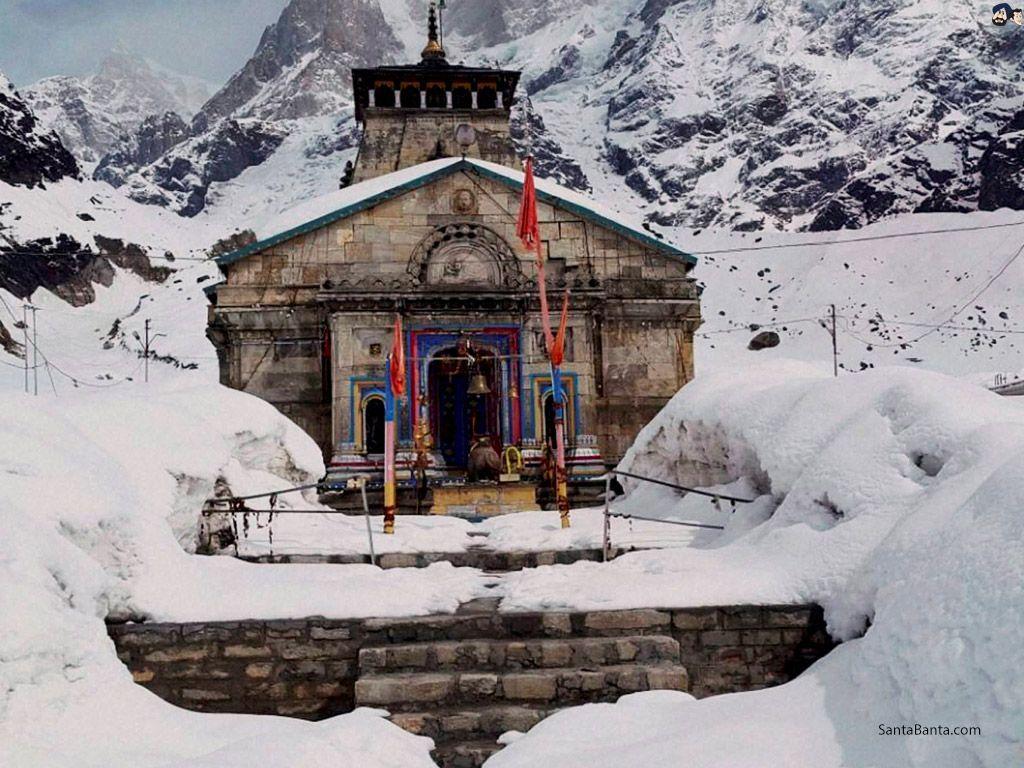
Best Time to Trek Kedarnath
The best time to trek Kedarnath largely depends on weather conditions and personal preferences. Here’s a breakdown of the ideal seasons:
Highlights: While not ideal for trekking, winter offers a unique landscape of snow-covered mountains for those seeking solitude and beauty.
Summer (March to June)
Overview: This is the most popular time for trekking to Kedarnath. The weather is pleasant, with temperatures ranging from 10°C to 20°C. Snow has melted, making trails accessible.
Highlights: Lush greenery, blooming wildflowers, and clear skies provide stunning views. Ideal for both pilgrims and trekkers, this season sees a significant influx of visitors.
Monsoon (July to August)
Overview: While the temple remains open, trekking during this time can be risky due to heavy rainfall, landslides, and slippery trails.
Highlights: The region’s beauty is enhanced with waterfalls and vibrant greenery, but the weather can be unpredictable. Not recommended for inexperienced trekkers.
Autumn (September to October)
Overview: After the monsoon, the weather stabilizes, with clear skies and cooler temperatures, ranging from 5°C to 15°C.
Highlights: This is a great time for trekking, as the trails are less crowded and the landscapes are lush. The chance to witness the early snowfall in late October adds to the charm.
Winter (November to February)
Overview: This season is challenging for trekking, with heavy snowfall and sub-zero temperatures. The Kedarnath temple generally closes by early November and reopens in late April.
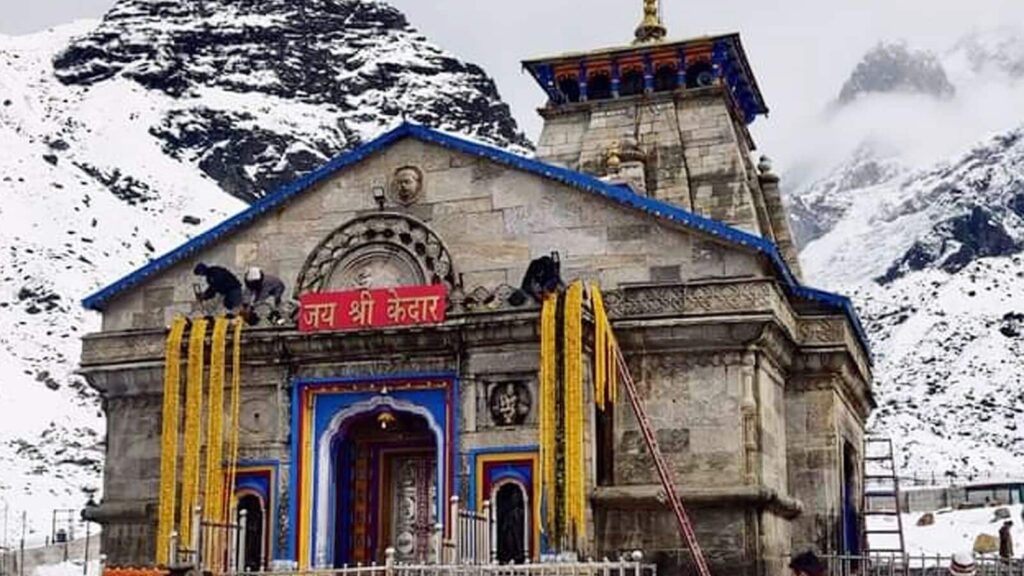
What to Expect Along the Kedarnath Trek
- Stunning Scenery
Expect breathtaking views of the Himalayan landscape, including snow-capped peaks, lush green valleys, and serene rivers. The changing scenery along the trek provides countless photo opportunities. - Well-Marked Trails
The main trekking route from Gaurikund to Kedarnath is well-defined and maintained, making it accessible for trekkers of various skill levels. Look for signboards and trail markers to guide you. - Varied Terrain
The trek features diverse terrains, including rocky paths, steep ascents, and gentle slopes. Be prepared for some challenging sections, especially as you approach Kedarnath. - Local Flora and Fauna
Keep an eye out for unique Himalayan flora, including rhododendrons and various medicinal plants. You might also spot wildlife such as monkeys, Himalayan tahr, and colorful bird species. - Cultural Encounters
Along the way, you’ll encounter local villages and fellow trekkers. Engage with villagers to learn about their culture and traditions, enhancing your experience. - Rest Stops and Facilities
There are several tea stalls and rest points along the trail where you can enjoy refreshments and take breaks. These spots provide a chance to relax and recharge before continuing. - Spiritual Atmosphere
As you approach the Kedarnath temple, the ambiance becomes increasingly spiritual. Many pilgrims share the trail, creating a sense of community and purpose. - Weather Variability
Be prepared for changing weather conditions. Even in summer, temperatures can fluctuate, and rain or sudden cold spells can occur. Dress in layers and carry rain gear. - Physical Challenge
The trek is moderately strenuous, requiring a good level of fitness. Prepare for long hours of walking and occasional steep climbs. Take breaks and pace yourself to enjoy the journey. - Reaching Kedarnath
The final approach to Kedarnath is awe-inspiring, with the temple set against a backdrop of towering peaks. The sight of the ancient shrine will make the effort worthwhile.
Expect an unforgettable journey filled with natural beauty, cultural richness, and spiritual fulfillment as you trek to Kedarnath.

Essential Tips for Trekking to Kedarnath
- Prepare Physically
- Start training a few weeks in advance by walking, hiking, or doing cardio exercises to build stamina. Focus on leg strength and endurance.
- Pack Wisely
- Bring essential gear such as trekking shoes, warm clothing, a rain jacket, a first-aid kit, and a reusable water bottle. Don’t forget snacks for energy!
- Stay Hydrated
- Drink plenty of water throughout the trek. Keep a water purification method handy, as clean drinking water may not always be available.
- Acclimatize
- Spend time acclimatizing to the altitude, especially if you’re not used to trekking at high elevations. Take it slow and listen to your body.
- Choose the Right Time
- Trek during the best seasons (March to June or September to October) for favorable weather and trail conditions.
- Start Early
- Begin your trek early in the morning to avoid the afternoon heat and to allow ample time for breaks along the way.
- Follow Trail Markers
- Stay on marked paths and follow signage to ensure you stay on track and avoid getting lost.
- Respect Local Culture
- Be mindful of the cultural significance of the area. Dress modestly and behave respectfully, especially near religious sites.
- Travel with a Guide
- Consider hiring a local guide for added safety and to gain insights into the area’s culture and natural history.
- Monitor Weather Conditions
- Check the weather forecast before starting your trek and be prepared for sudden changes. Carry rain gear and extra layers.
- Pack Light
- Keep your backpack light by only carrying essentials. A heavy pack can lead to fatigue and discomfort.
- Safety First
- Trek with a buddy or in a group for safety. Share your itinerary with someone and keep a mobile phone charged for emergencies.
- Enjoy the Journey
- Take time to soak in the beautiful surroundings. Stop for breaks, capture photos, and appreciate the serene environment.
By following these tips, you can ensure a safe, enjoyable, and memorable trekking experience to Kedarnath. Happy trekking!
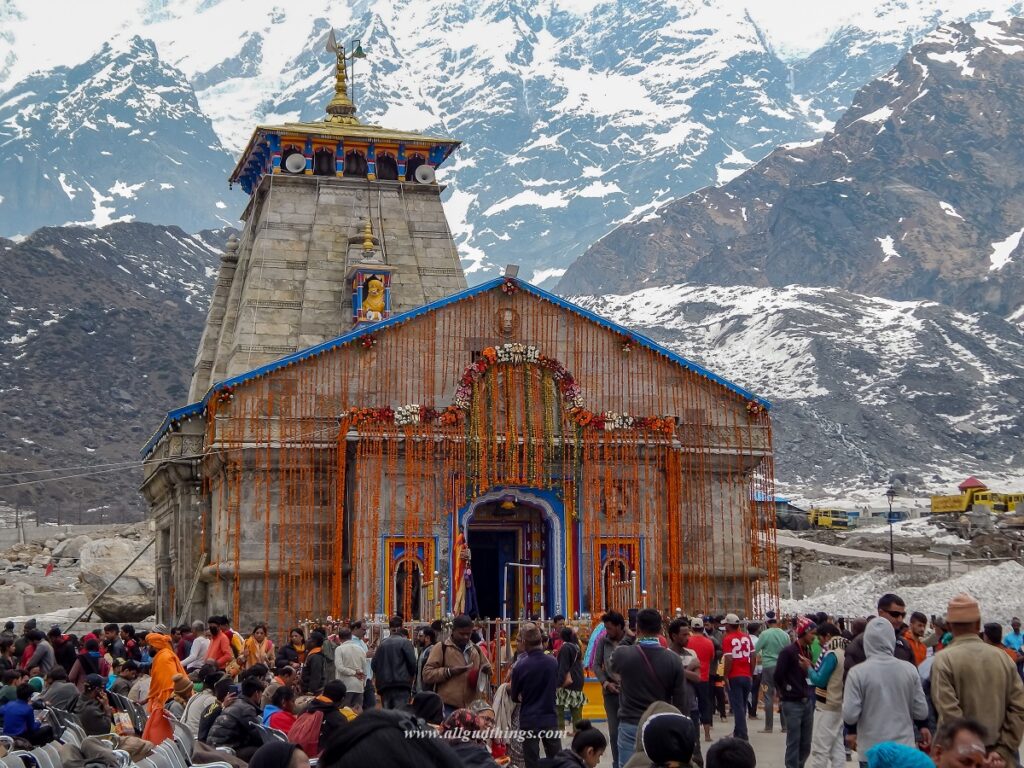
Safety Measures in Kedarnath Treks
- Check Weather Conditions
- Always monitor the weather forecast before and during your trek. Sudden changes can affect trail conditions, so be prepared for rain or snowfall.
- Acclimatization
- Allow your body to adjust to the altitude by taking breaks and not rushing the ascent. If you experience symptoms of altitude sickness (headaches, nausea), descend to a lower elevation immediately.
- Travel in Groups
- Trekking with a group enhances safety. If one person encounters difficulty, others can assist. Share contact details and stay together during the trek.
- Stay on Marked Trails
- Stick to established paths to avoid getting lost and to protect the environment. Avoid shortcuts, as they can lead to hazardous terrain.
- Hydration and Nutrition
- Carry enough water and high-energy snacks. Staying hydrated is crucial, especially at high altitudes, to prevent fatigue and altitude sickness.
- Proper Footwear
- Wear sturdy, comfortable trekking shoes with good grip. Proper footwear can prevent slips and injuries on rocky or uneven terrain.
- First-Aid Kit
- Carry a basic first-aid kit, including bandages, antiseptic wipes, pain relievers, and any personal medications. Know how to use the items in your kit.
- Emergency Contact
- Have a plan for emergencies. Keep a fully charged mobile phone and know the location of the nearest hospital or rescue services.
- Local Guidelines
- Follow local regulations and guidelines provided by trekking authorities. This may include permits, safety briefings, and trail conditions.
- Physical Preparedness
- Train adequately before the trek to ensure you’re physically fit. This reduces the risk of injury and exhaustion.
- Monitor Your Pace
- Set a comfortable pace and take regular breaks to avoid overexertion. Listen to your body and don’t hesitate to slow down if needed.
- Respect Wildlife
- Keep a safe distance from any wildlife you encounter and avoid feeding them. This helps ensure both your safety and the animals’ well-being.
- Emergency Shelter
- Be aware of your surroundings and know where to find natural shelter in case of sudden weather changes.
By adhering to these safety measures, you can help ensure a secure and enjoyable trekking experience to Kedarnath. Always prioritize safety and well-being during your adventure!
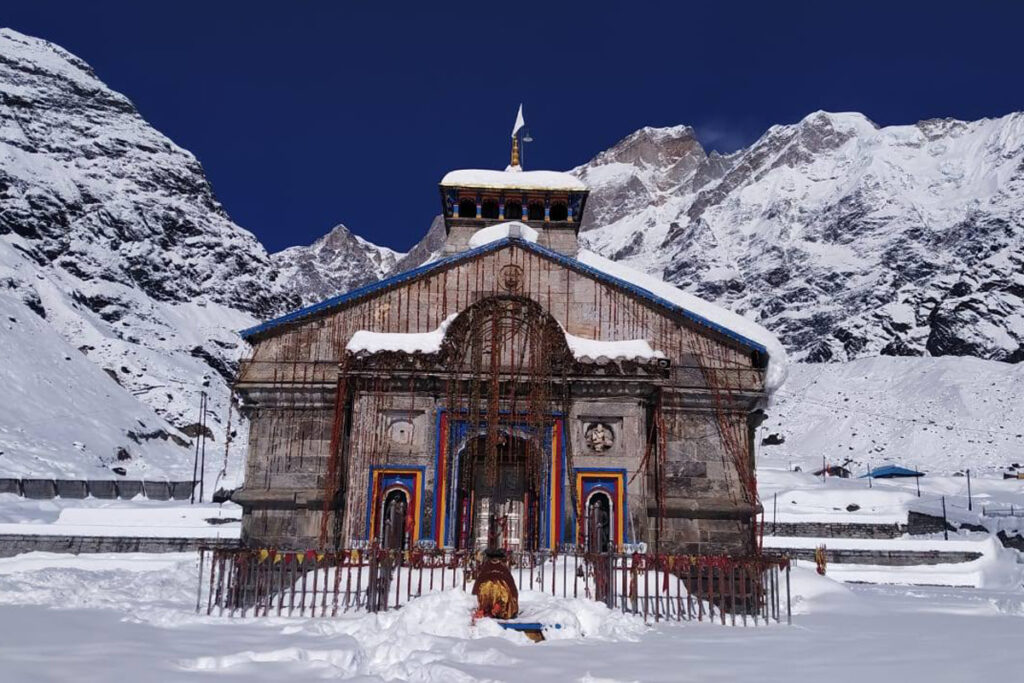
Conclusion
Trekking to Kedarnath Temple is a mesmerizing experience that combines stunning natural beauty, spiritual significance, and rich cultural heritage. Understanding the Kedarnath trekking routes and maps is essential for planning your journey. With well-marked trails, trekkers can easily navigate from Gaurikund to the Kedarnath temple, ensuring a safe and enjoyable experience.
Choosing the right route depends on your fitness level and interests. Popular paths offer breathtaking views and opportunities for wildlife spotting, while alternative trails provide a more secluded experience. Utilizing reliable maps, whether from local tourism offices, mobile apps, or guidebooks, will enhance your trekking experience and help you stay on track.
Moreover, it’s crucial to be well-prepared, both physically and mentally. Staying informed about weather conditions and ensuring you have the necessary gear will contribute to a successful trek. With proper planning and guidance, your trek to Kedarnath can be a fulfilling adventure, leading you to one of the holiest sites in India.
In conclusion, armed with knowledge about Kedarnath trekking routes and maps, you’re ready to embark on a journey that promises unforgettable memories and breathtaking vistas. Embrace the adventure and enjoy every moment on this remarkable trek!








Leave a Reply